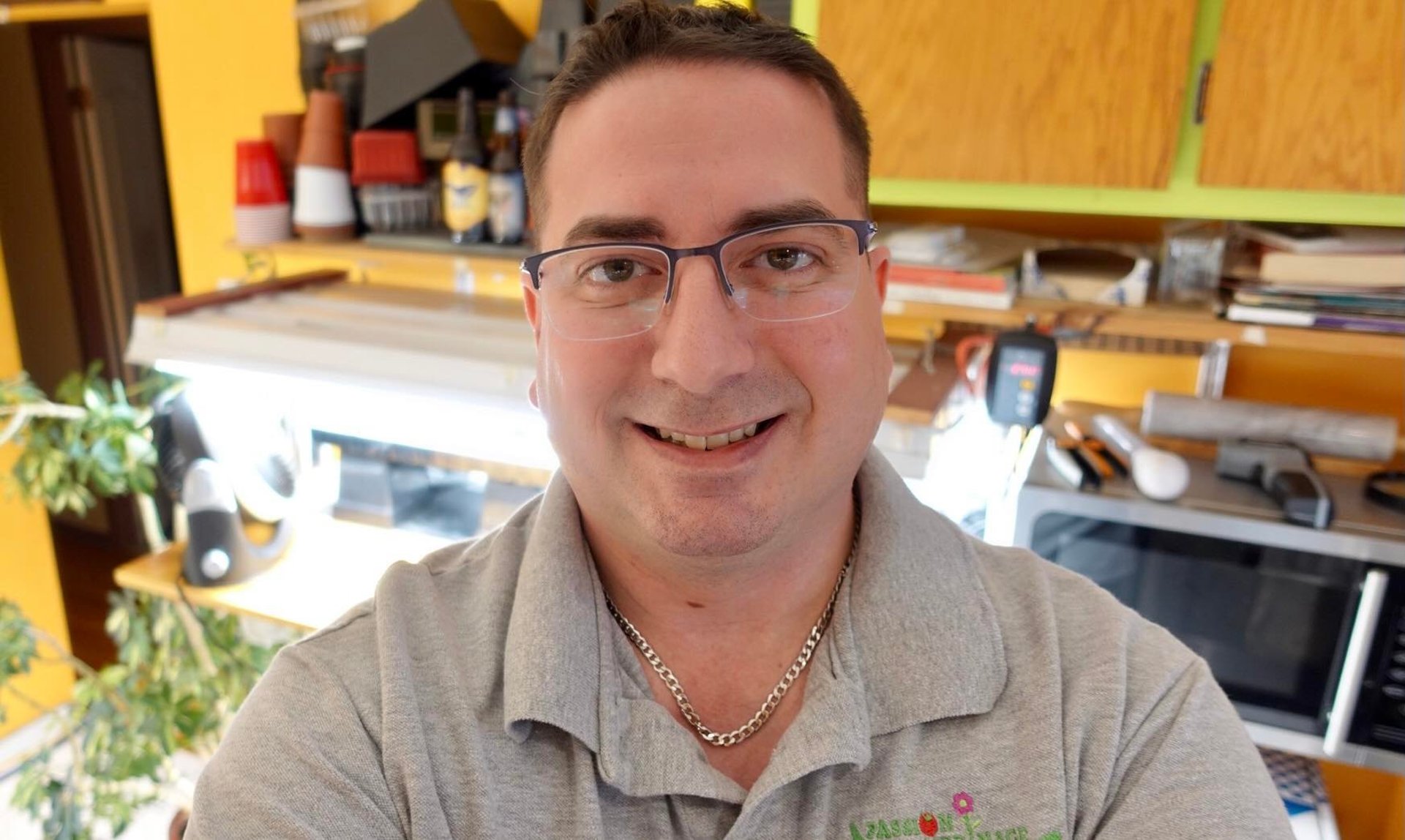
Winter seems long to you without gardening?
Indoor gardening
If you are reading this, it's because you are obviously passionate about gardening. But did you know that it is also possible to garden indoors, to prolong summer's season and continue to eat fresh fruits and vegetables, while watching the snow fall through the window? Not only is it nutritious, but you will also benefit from light therapy during the short winter days.
Please allow me to introduce myself. My name is Martin Lejardinier, I have been specializing in indoor gardening for more than fifteen years. I am one of the administrators of the "Passion Jardinage" Facebook group and I also have a YouTube channel on which I share tips and advices on gardening, especially indoor gardening. When summer comes, I take my camera with me on the road to go meet people like you, so I can listen to you talking about your passion for gardening.
Lighting
Let's go back to indoor gardening! When I started doing it, there was not many vegetables we could grow indoors. Those limits existed because of the few types of lighting that were available on the market. There were mainly fluorescent tubes and a few incandescent lamps on the market that were supposedly suitable for growing indoor plants. It was the arrival of HID lamps (high pressure sodium lamps (HPS) and metal halide lamps (MH)) that revolutionized this passion. These lamps have the advantage of emitting enough light to finally hope to cultivate plants that measure more than 12 inches (30 cm) in height. Although very powerful, they also have their drawbacks: they heat up a lot and are expensive in electricity, which affects the financial profitability of indoor gardening.
But in recent years, LED horticultural lamps have made their apperance on the market. It is the combination of blue, red and green diodes which makes it possible to have a much more precise spectrum. These lamps have the advantage of heating less and consuming up to four times less electricity than HID lamps. Although these lamps are not yet as efficient as HIDs, it is a matter of time before LED technology surpasses these good old lamps.
Now, we can grow almost any plant indoors with this technology, for a very reasonable price. There is something for every budget. The average price of a low-end LED horticultural lamp varies between $120 and $500. There are also LED tubes that replace the old fluorescent tubes, which every year are more and more efficient.
A controled environment
If I talk so much about lighting, it's because without an artificial light, it will be very difficult for you to have and maintain an indoor vegetable garden; it's fundamental to your success. Gardening inside requires being able to replicate a controlled environment so your plants feel like they're outdoors. In your home, YOU are Mother Nature.
You will need to respect a few things in order to be successful. Most importantly, you guessed it, the lighting. Then, ventilation to allow the air to circulate between the leaves and expel stale air during photosynthesis and, finally, a good substrate and quality fertilization based on fertilizers from organic and/or biological sources.
The different types of cultures
There are different types of indoor cultures: soil, hydroponics and aeroponics. The principle of these last two types of cultures is to grow your plants without soil or any other substrate. The roots are fed with nutrients that are found and circulate in a closed circuit, in water for hydroponics, and by the vaporization of nutrients at low and high pressure for aeroponics. It is the droplets that will cling to the roots that will feed your plants. I can explain it in more details in a future post.
If you are a beginner, I recommend that you start growing your things in soil, because it requires a lower initial investment and needs much less maintenance. It is best to start with this simple method and if in a few years your interest is still present, you could try other types of cultures.
Choosing your plants
When it comes to indoor gardening, the choice of your vegetable plants is crucial. Not all food plants are suitable for growing inside. We cannot choose indeterminate plants that grow endlessly. It's best to choose dwarf or very small plants that produce a lot. There are several varieties of plants that adapt well to the conditions of indoor gardening such as tomatoes, sweet and hot peppers, strawberries, beans, carrots, radishes, green onions, lettuces and a multitude of herbs.
That'll be it for today because Free Garden asked me to write a post, not a book, and I'll have the chance to get back to you with other details in another post about indoor gardening. Meanwhile, you are more than welcomed to visit my YouTube channel and to subscribe to it in order to not miss any of my upcoming videos.
Happy gardening my friends!
Martin Lejardinier


